Want to experience WordPress easily without worrying about crashing your website? Installing WordPress locally on your host computer enables you to test new features, learn the platform, and develop websites offline in a secure environment. This article will guide you through installing WordPress locally on your computer.
![Image [1]- Complete Guide to WordPress Local Installation: Building a Local Development Environment from Scratch (XAMPP/MAMP Tutorial)](http://gqxi.cn/wp-content/uploads/2025/04/20250424182334365-1745490161229.jpg)
What is Localhost?
When "localhost" is mentioned, it refers to your own
Step 1: Select the local server environment
To create a local server environment, software that emulates all the components of a Web server is required. Common choices are:
- XAMPP(Cross-platform solution for Windows, Mac and Linux)
- MAMP(optimized for macOS, also available for Windows)
- WAMP(for Windows)
- Local by Flywheel(Designed for WordPress, for beginners)
Step 2: Download and Install XAMPP / MAMP
For Windows users (XAMPP)
- interviews
Apache Friends website Download XAMPP.
![Image [2] - Complete Guide to WordPress Local Installation: Building a Local Development Environment from Scratch (XAMPP/MAMP Tutorial)](http://gqxi.cn/wp-content/uploads/2025/04/20250424182534268-image.png)
- Install and run the installer, making sure to select the "Apache", "MySQL", "PHP" and "phpMyAdmin" components. phpMyAdmin" components.
- Just select the installation directory, the default location.
- Complete the installation.
For Mac users (MAMP)
- interviews MAMP website Download MAMP.
![Image [3] - Complete Guide to WordPress Local Installation: Building a Local Development Environment from Scratch (XAMPP/MAMP Tutorial)](http://gqxi.cn/wp-content/uploads/2025/04/20250423223132592-截屏2025-04-23-22.30.10.png)
- Install MAMP and follow the prompts.
- Drag the MAMP icon to the Applications folder.
Step 3: Configure the Local Server
For Windows users (XAMPP)
- Launch the XAMPP control panel and click "
activate (a plan) " button to start the Apache and MySQL services.
![Image [4] - Complete Guide to WordPress Local Installation: Building a Local Development Environment from Scratch (XAMPP/MAMP Tutorial)](http://gqxi.cn/wp-content/uploads/2025/04/20250424182639471-image.png)
- If there is a port conflict, modify the configuration file to change the port from 80 to 8080.
- Access in browser
http://localhostTest that the server is working.
For Mac users (MAMP)
- Start the MAMP application and select the Apache and PHP versions.
![Image [5] - Complete Guide to WordPress Local Installation: Building a Local Development Environment from Scratch (XAMPP/MAMP Tutorial)](http://gqxi.cn/wp-content/uploads/2025/04/20250423223628723-image.png)
I choose PHP 8.2.0
- Click "Preferences" to adjust the settings.
![Image [6] - Complete Guide to WordPress Local Installation: Building a Local Development Environment from Scratch (XAMPP/MAMP Tutorial)](http://gqxi.cn/wp-content/uploads/2025/04/20250423224521110-image.png)
- In "
ports Under the "Ports" tab, you can view or modify the ports. The default ports are usually 8888 for Apache and 8889 for MySQL. It is important to make a note of these ports as they will be used when configuring WordPress.
![Image [7] - Complete Guide to WordPress Local Installation: Building a Local Development Environment from Scratch (XAMPP/MAMP Tutorial)](http://gqxi.cn/wp-content/uploads/2025/04/20250423224742358-image.png)
Click "OK" to save the settings.
- Start the MAMP server and go to
http://localhost:8888Verify that the server is running.
![Image [8] - Complete Guide to WordPress Local Installation: Building a Local Development Environment from Scratch (XAMPP/MAMP Tutorial)](http://gqxi.cn/wp-content/uploads/2025/04/20250423225005392-image.png)
You should see the MAMP start page.
![Image [9] - Complete Guide to WordPress Local Installation: Building a Local Development Environment from Scratch (XAMPP/MAMP Tutorial)](http://gqxi.cn/wp-content/uploads/2025/04/20250423225421290-image.png)
Step 4: Create a local database
- In the MAMP window click "MySQL", and then clickphpMyAdminlink, or visithttp://localhost:8888/phpMyAdminStart the MySQL service.
![Image [10] - Complete Guide to WordPress Local Installation: Building a Local Development Environment from Scratch (XAMPP/MAMP Tutorial)](http://gqxi.cn/wp-content/uploads/2025/04/20250423225804730-image.png)
- Create a new database in phpMyAdmin (ex:
GZBD_test ), select "utf8mb4_unicode_ci", make sure your WordPress content is properly character encoded.
![Image [11]- Complete Guide to WordPress Local Installation: Building a Local Development Environment from Scratch (XAMPP/MAMP Tutorial)](http://gqxi.cn/wp-content/uploads/2025/04/20250423230129755-image.png)
Click "establish"Generate your empty database.
- Use the default database credentials:
- Windows (XAMPP): username root, password is empty.
- Mac (MAMP): username root, password root.
Step 5: Download and Add WordPress Files
- interviews WordPress.org Download the latest version of WordPress.
![Image [12] - Complete Guide to WordPress Local Installation: Building a Local Development Environment from Scratch (XAMPP/MAMP Tutorial)](http://gqxi.cn/wp-content/uploads/2025/04/20250423230538113-image.png)
- Unzip the file and copy it to your local server document root folder:
- Windows (XAMPP):
C:\xampp\htdocs\ - Mac (MAMP):
/Applications/MAMP/htdocs/
- Windows (XAMPP):
![Image [13] - Complete Guide to WordPress Local Installation: Building a Local Development Environment from Scratch (XAMPP/MAMP Tutorial)](http://gqxi.cn/wp-content/uploads/2025/04/20250423231021754-image.png)
- Create a new folder (e.g. mysite) and put the WordPress files into it.
![Image [14] - Complete Guide to WordPress Local Installation: Building a Local Development Environment from Scratch (XAMPP/MAMP Tutorial)](http://gqxi.cn/wp-content/uploads/2025/04/20250423231304359-image.png)
Step 6: Run the WordPress Installation Wizard
- Access in browser
http://localhost/your-folder-name(Replace folder name).
![Image [15] - Complete Guide to WordPress Local Installation: Building a Local Development Environment from Scratch (XAMPP/MAMP Tutorial)](http://gqxi.cn/wp-content/uploads/2025/04/20250423231959351-image.png)
![Image [16] - Complete Guide to WordPress Local Installation: Building a Local Development Environment from Scratch (XAMPP/MAMP Tutorial)](http://gqxi.cn/wp-content/uploads/2025/04/20250423232030373-image.png)
- Select the language and click "Continue".
![Image [17] - Complete Guide to WordPress Local Installation: Building a Local Development Environment from Scratch (XAMPP/MAMP Tutorial)](http://gqxi.cn/wp-content/uploads/2025/04/20250423232117634-image.png)
![Image [18] - Complete Guide to WordPress Local Installation: Building a Local Development Environment from Scratch (XAMPP/MAMP Tutorial)](http://gqxi.cn/wp-content/uploads/2025/04/20250423232215213-image.png)
- On the Database Configuration page, fill in the following information:
- Database name: the name of the database just created.
- Username: root (XAMPP) or root (MAMP).
- Password: empty (XAMPP) or root (MAMP).
- Database host: localhost.
![Image [19] - Complete Guide to WordPress Local Installation: Building a Local Development Environment from Scratch (XAMPP/MAMP Tutorial)](http://gqxi.cn/wp-content/uploads/2025/04/20250423232412496-image.png)
- Click "
submit (a report etc) "After confirming that the database is connected correctly, click "Run Installation".
![Image [20] - Complete Guide to WordPress Local Installation: Building a Local Development Environment from Scratch (XAMPP/MAMP Tutorial)](http://gqxi.cn/wp-content/uploads/2025/04/20250423232438943-image.png)
- Enter your site information and email address and click "Install WordPress" to complete the installation.
![Image [21] - Complete Guide to WordPress Local Installation: Building a Local Development Environment from Scratch (XAMPP/MAMP Tutorial)](http://gqxi.cn/wp-content/uploads/2025/04/20250423232623768-image.png)
Step 7: Access and test the local site
- Access in browser
http://localhost/your-folder-nameI'm here.http://localhost:8888/mysite The - pass (a bill or inspection etc)
http://localhost/your-folder-name/wp-adminLog in to the WordPress dashboard.
![Image [22] - Complete Guide to WordPress Local Installation: Building a Local Development Environment from Scratch (XAMPP/MAMP Tutorial)](http://gqxi.cn/wp-content/uploads/2025/04/20250423233939210-image.png)
![Image [23] - Complete Guide to WordPress Local Installation: Building a Local Development Environment from Scratch (XAMPP/MAMP Tutorial)](http://gqxi.cn/wp-content/uploads/2025/04/20250423234125558-image.png)
Troubleshooting Common Localhost Problems
1. Database connection errors
- Verify that the Apache and MySQL services are started.
- Check the database information in wp-config.php.
2. 404 page not found
- Check the .htaccess file and mod_rewrite configuration.
3. Unexpected closure of Apache
- Change the Apache port (e.g. 8080) to avoid conflicts.
4. Exceeding the maximum implementation time
- In the php.ini file, add
max_execution_timeValue.
5. Authority issues
- Add the following to the wp-config.php file
define('FS_METHOD', 'direct').
Optimizing Local WordPress Installations
- Ensure that the PHP version is the same as the
WordPress Compatible The - Optimize local performance with caching plugins.
- Regularly back up your local site.
Link to this article:http://gqxi.cn/en/51580The article is copyrighted and must be reproduced with attribution.





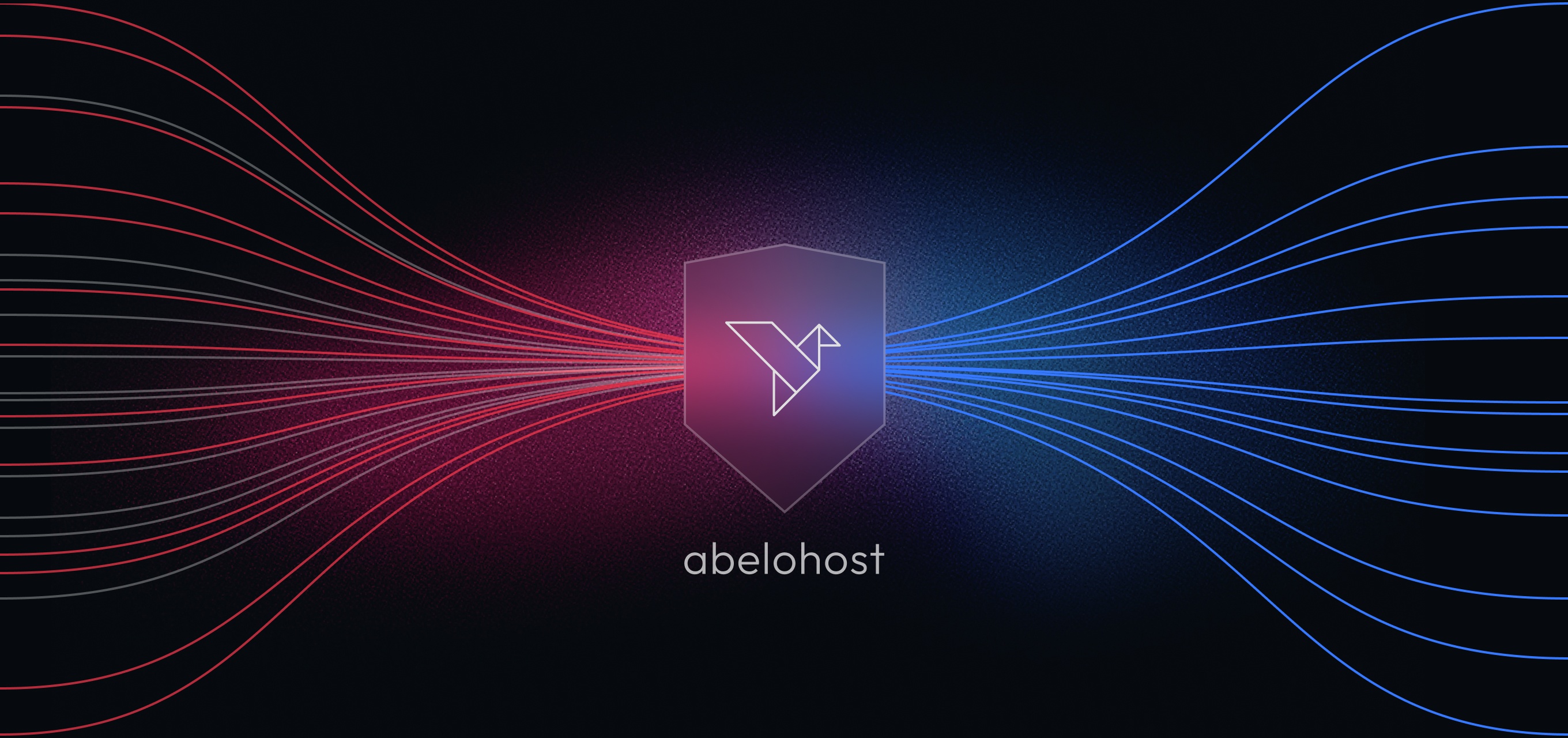
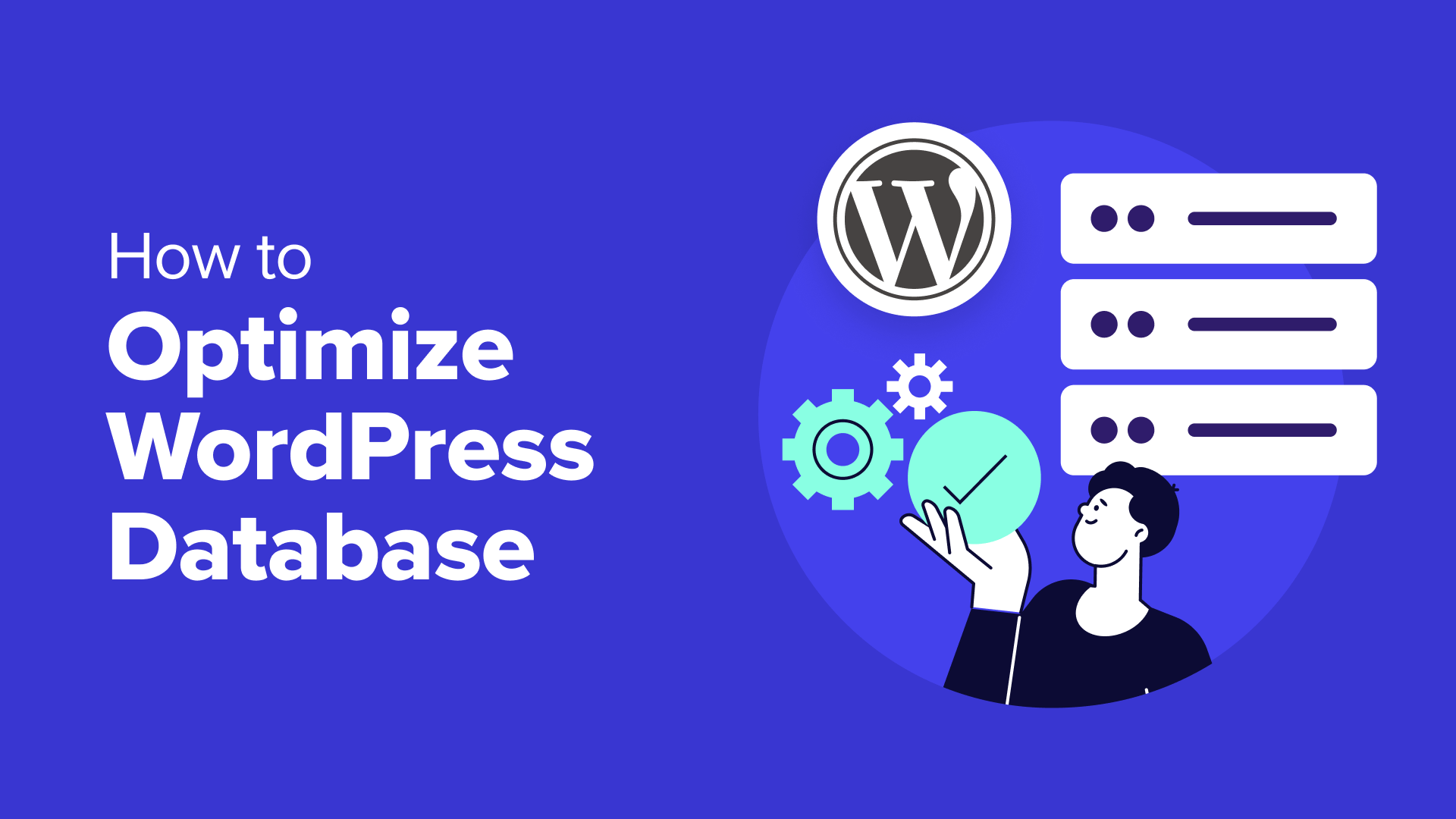

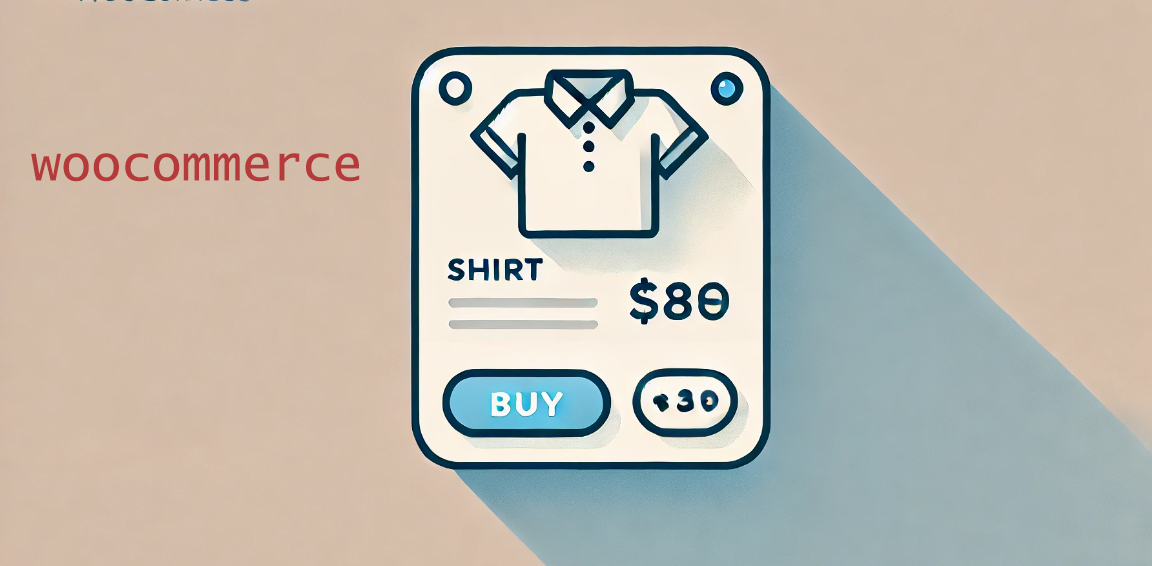
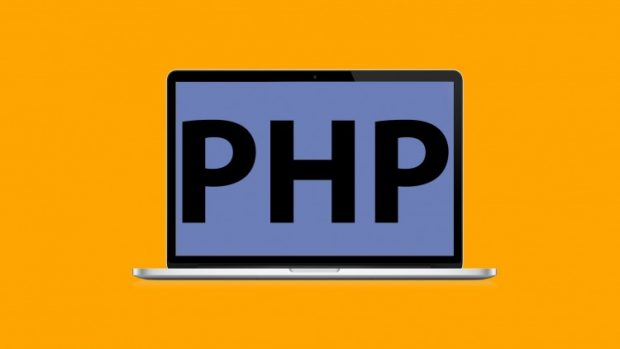


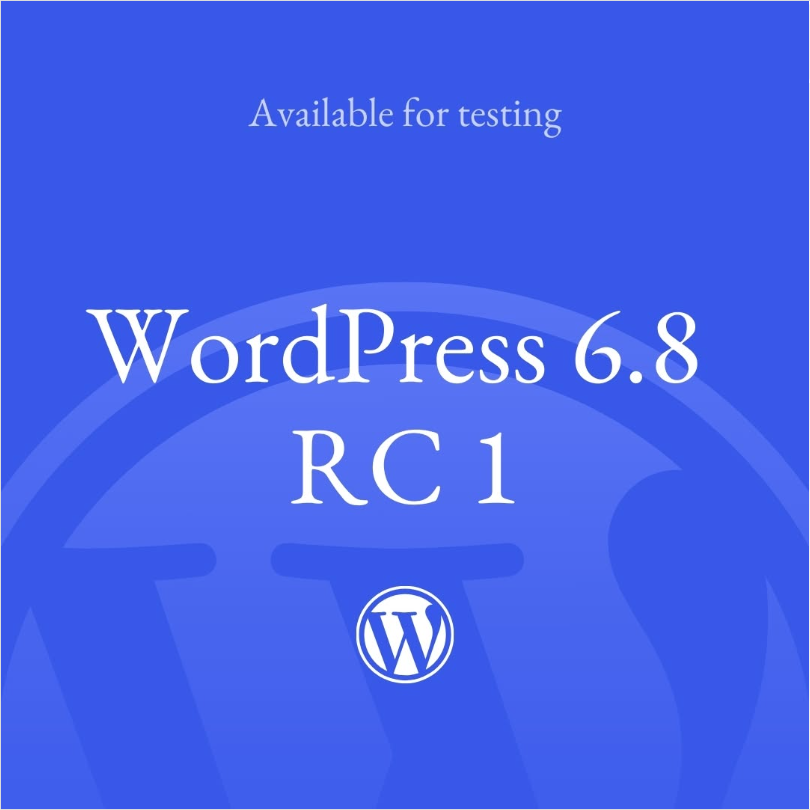












![Emoji[jingya]-Photonflux.com | Professional WordPress repair service, worldwide, rapid response](http://gqxi.cn/wp-content/themes/zibll/img/smilies/jingya.gif)






No comments